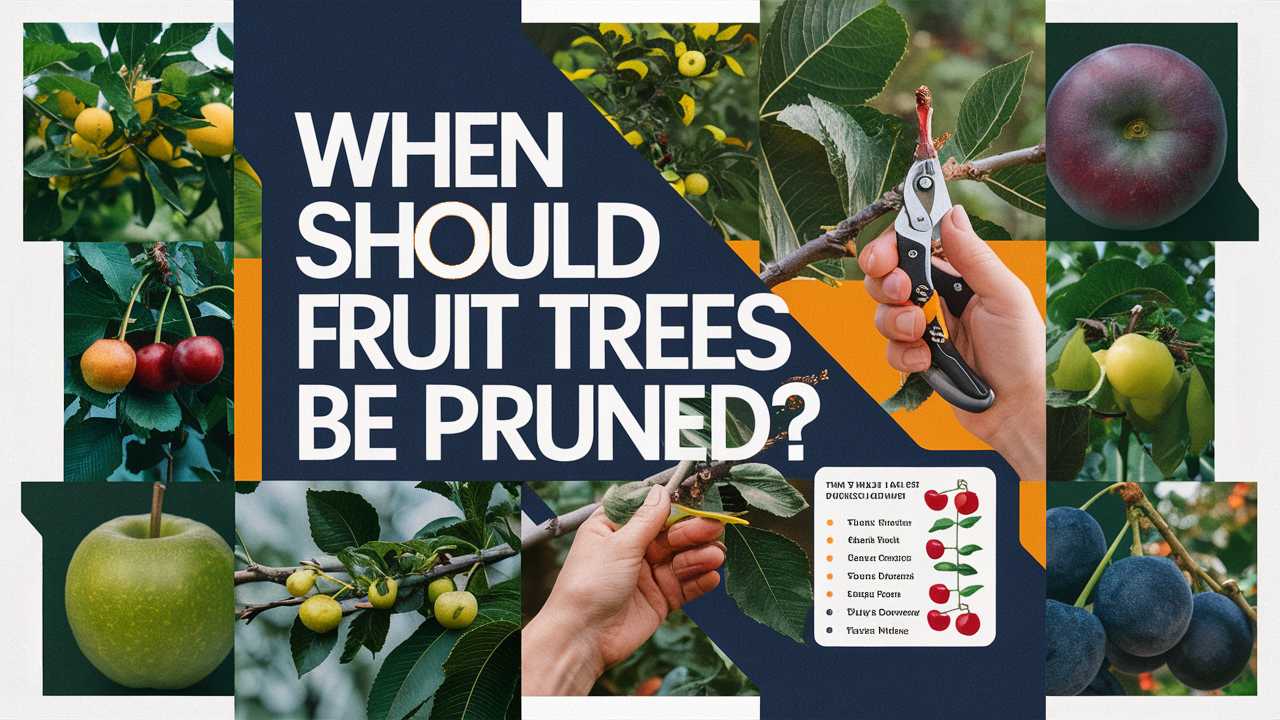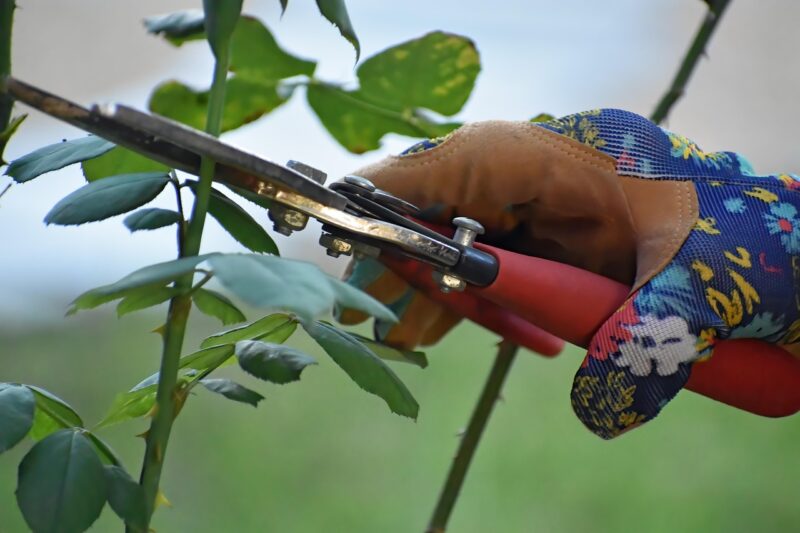Pruning fruit trees is not just a routine task; it is an art that requires knowledge, timing, and a keen understanding of tree biology. The decision of when to prune can significantly influence the health, productivity, and longevity of your trees. In this blog post, we’ll dive into the ins and outs of fruit tree pruning, exploring the best timing, techniques, and tips to enhance your fruit-bearing plants.
Understanding the Importance of Pruning
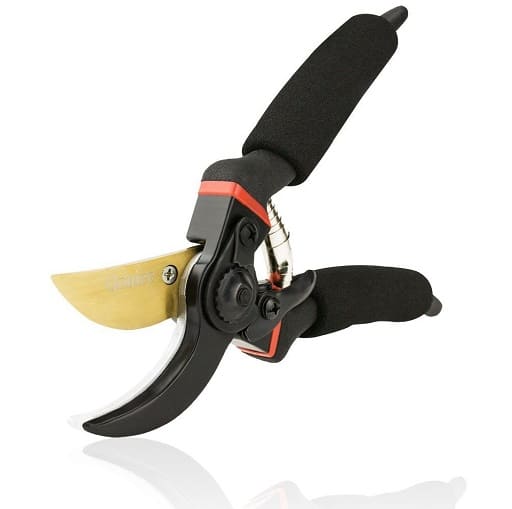
Before we delve into the timing, it’s essential to understand why pruning is vital for fruit trees. Pruning serves several purposes:
Health Improvement: By removing dead, diseased, or damaged branches, you can help prevent the spread of illness within the tree and promote overall vitality. Trees can fall victim to several diseases, such as apple scab in apples or canker in stone fruits. Regular pruning helps you identify these issues early and allows you to manage them more effectively.
Structural Strength: Pruning encourages a strong tree structure, reducing the risk of branch breakages as the tree matures and bears fruit. Strong, well-structured trees can better withstand strong winds and heavy fruit loads. Look for branches that grow at wide angles to the trunk—these tend to be stronger and more stable.
Light Penetration and Air Circulation: By thinning out overcrowded branches, you allow sunlight and air to reach the inner parts of the tree, which is crucial for fruit development and reducing fungal diseases. Poor light penetration can lead to sparseness in fruit set and increased susceptibility to insects and diseases. Ensuring good airflow can also help dry moisture on the foliage, decreasing the risk of fungal infections.
Fruit Quality and Quantity: Properly pruned trees yield better-quality fruit, as well-managed trees can develop a higher yield of larger, tastier fruits. When trees are pruned correctly, energy is redirected from excessive foliage growth to fruit production. This focus often results in fewer but larger fruits that have better flavor and texture.
Size Management: Regular pruning helps keep trees at a manageable height and shape, making harvesting easier. This is especially important for backyard gardeners who may not have the means or desire to use tall ladders. Keeping trees small can also lead to easier maintenance and provide a more orderly garden appearance.
By maintaining a routine pruning schedule, you not only enhance your tree’s health but also create a more productive and aesthetically pleasing garden space.
The Best Time for Pruning Fruit Trees
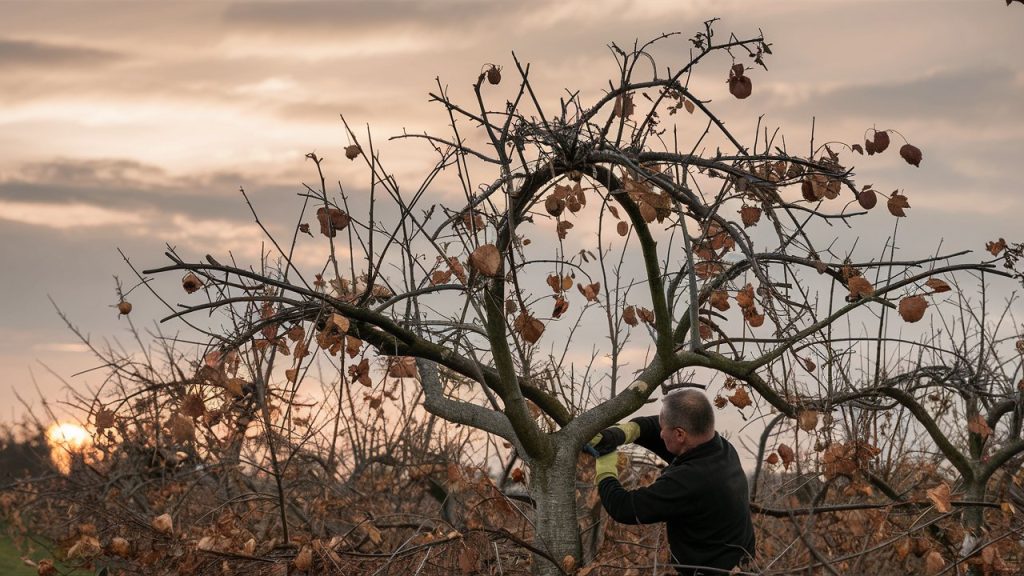
The timing of pruning is crucial, as it significantly affects the success of your fruit trees. Here’s a breakdown of the best times to prune different types of fruit trees.
1. Winter Pruning (Dormant Season)
For most temperate-zone fruit trees, late winter is often considered the optimal time for pruning. Dormant pruning has several advantages:
Better Visibility: Without leaves, the structure of the tree is more visible, making it easier to identify branches that need attention. You can make decisions based on the tree’s overall shape and structural integrity rather than being distracted by foliage.
Reduced Stress: Pruning during dormancy minimizes stress on the tree, allowing it to heal more efficiently before the growing season starts. Trees can direct their resources toward recovery after pruning rather than focusing on growth.
Disease Prevention: Many pathogens are inactive in winter, significantly reducing the risk of infection during pruning. For example, removing branches in winter may help prevent the spread of fungal spores that thrive in warm, damp spring conditions.
Typical months for winter pruning range from late January to early March, depending on your geographical location and climate. This period is critical, particularly for stone fruits like cherries, plums, and peaches. For those in warmer climates, be aware of local climate conditions, as the ideal time for winter pruning can vary.
2. Summer Pruning
While winter is often recommended, summer pruning also has its advantages. Pruning during the growing season (June to August) can be beneficial for specific purposes:
Shaping and Controlling Growth: Summer pruning encourages the development of new shoots and helps control excessive growth. It can keep trees smaller and more manageable, which is especially important for gardeners with limited space. Keeping trees from becoming too vigorous helps enhance fruit quality.
Light Management: If your trees are becoming overly dense, summer pruning allows you to increase light penetration and air circulation during the active growing season. Proper light management is necessary not only for fruit development but also for preventing disease by ensuring that leaves dry out faster after rain.
Pest Management: Some pests are less active or more easily visible during summer, making it a great time for inspection and intervention. Inspect for signs of common pests such as aphids, spider mites, or fruit flies while pruning; early intervention is key to effective pest management.
However, it’s essential to note that summer pruning should be done judiciously. Removing too much foliage can stress the tree by limiting its ability to photosynthesize. Generally, aim for lighter pruning during this season—removing about 10-20% of the foliage is a prudent guideline.
3. Specific Considerations for Different Fruit Trees
While winter and summer pruning are general guidelines, specific types of fruit trees may require variable approaches when and how to prune.
Stone Fruits (Peaches, Plums, Cherries)
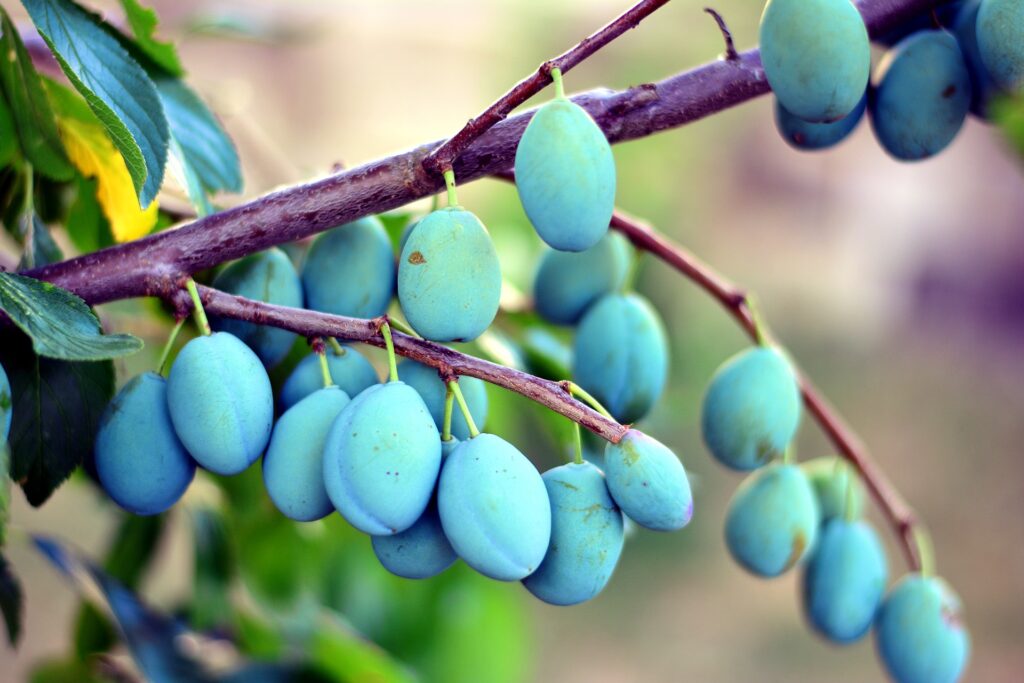
As mentioned, stone fruits benefit from late winter pruning before bud break. However, they are also prone to diseases like peach leaf curl, which becomes active in spring. To maintain their health, prune these trees before they break dormancy, ensuring strong, open canopies that promote airflow.
Another consideration is that stone fruits generally produce fruit on one-year-old wood. Therefore, it can be beneficial to focus on promoting outward growth rather than excessive height, allowing for more stability and reducing the likelihood of possible breakage under heavy fruit loads.
Pome Fruits (Apples, Pears)
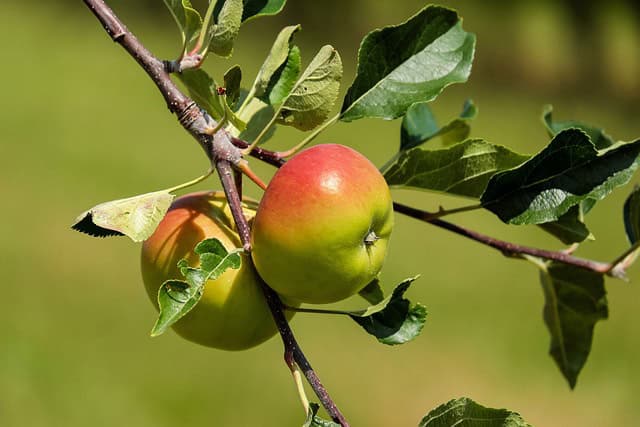
Pome fruits thrive from late winter to early spring. Winter pruning ensures robust growth in the upcoming season. However, light summer pruning can be beneficial for keeping the trees from getting overly bulky. When cutting, make sure to leave 1/4 inch of the branch collar on cuts so the tree can seal the wounds effectively.
One effective technique for pome fruits is the “open center” pruning method that encourages an airy canopy. This structure allows sunlight to penetrate into the center of the tree, promoting higher-quality fruit potentials.
Fig Trees
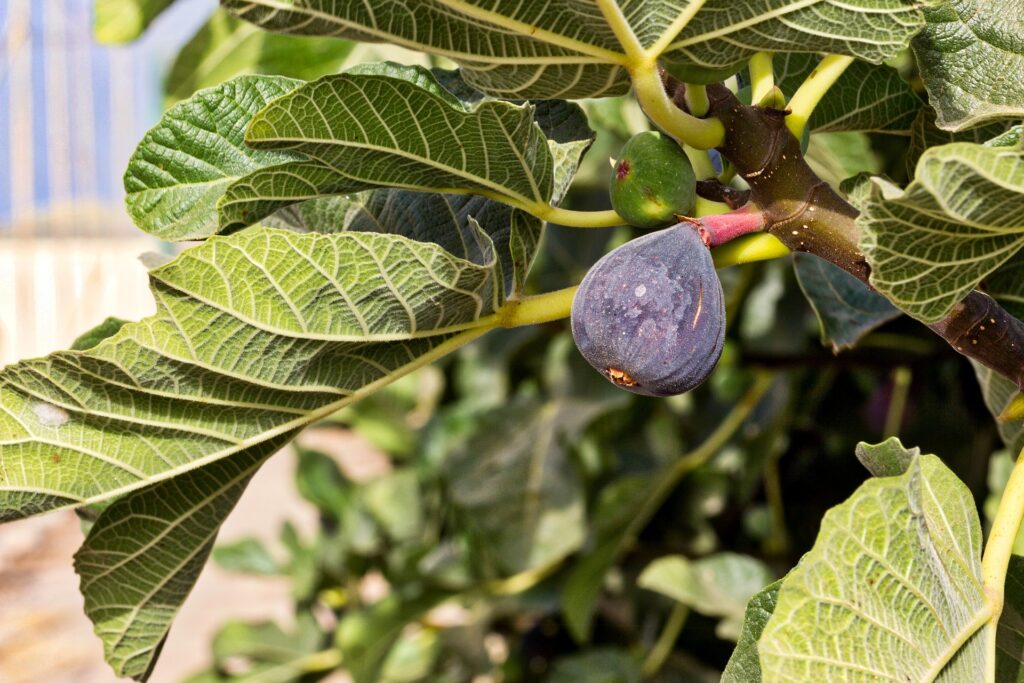
Figs can be pruned in late winter before new growth begins or just after harvesting fruits in late summer. This timing allows the tree to focus its energy on fruit production during the growing season. Interestingly, figs often fruit on new wood, meaning that summer pruning to shape the tree for the next year’s growth can be quite beneficial.
When pruning fig trees, make cuts that promote a clear central leader, supporting the natural growth habits of the tree. Be careful not to over-prune, as figs are sensitive and produce best when their canopy is not drastically reduced.
Citrus Trees
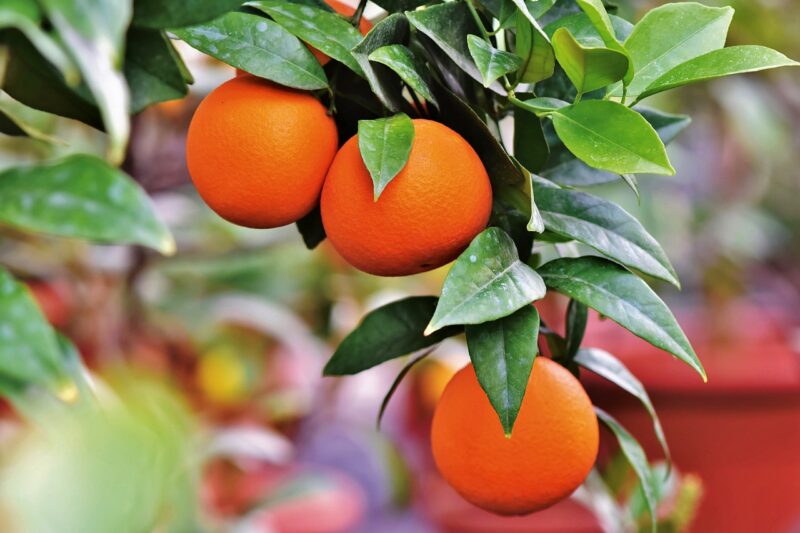
Citrus trees bloom and bear fruit throughout the year. The best time to prune citrus trees is in late winter to early spring before the flowering period. The aim is to shape the tree and remove any unhealthy or overlapping branches. For example, when dealing with young citrus trees, it’s essential to encourage a strong structure from the outset.
Additionally, avoid heavy pruning in the heat of summer, as this can lead to sunburned branches. Instead, lighter pruning to encourage a maintained structure can be carried out.
The Right Techniques for Pruning
Knowing when to prune is only half the battle; understanding how to prune effectively is equally important. Here are some effective techniques to keep in mind:
1. The Three-Cut Method
For larger branches, using the three-cut method ensures a clean cut without damaging the bark:
First Cut: Make a notch cut about a third of the way through the branch from the underside. This cut prevents the bark from tearing and protects the tree’s integrity.
Second Cut: Make a second cut on the same branch from above, further down the branch, allowing the branch to break off cleanly. This alleviates pressure from the tree and promotes smoother healing.
Final Cut: The last cut should be made at the collar of the branch, which encourages the tree to heal properly. Proper collar cuts minimize the wound size, facilitating faster healing and reducing the chance of rot and disease.
2. Leave Enough Growth
Prune wisely by leaving some buds on each branch. A good rule of thumb is to leave one to three buds on branches you are pruning. This practice helps to ensure that the tree can continue growing healthily after pruning.
Further, when cutting back the tips of branches, be aware of the type of fruit that grows on the tree. For trees that produce fruit on older wood, avoid cutting back too aggressively. The growth you leave must be conducive to fruit production.
3. Remove Crossing and Competing Branches
Evaluate the tree’s structure and remove any branches that cross over each other or compete for space. This practice prevents wounds and ensures the tree maintains its strength.
When removing a competing branch, it is often wise to choose the weaker one or the one that doesn’t grow in the direction you wish the tree to extend. This technique contributes to a healthy and balanced tree structure.
4. Thin Wisely
When adjusting the overall volume of the tree, remove entire branches where needed instead of simply cutting them back. This approach improves air circulation through the tree, which reduces disease prevalence.
Look for areas within the tree where light is blocked and consider redistributing the mass evenly across the canopy. Pruning a branch within a dense area encourages light penetration and promotes a more uniform growth pattern for the tree.
5. Avoid Over-Pruning
One of the biggest mistakes home gardeners make is over-pruning. While it may be tempting to “tidy” up the tree, excessive pruning can lead to stress, reduced fruit production, and overall poor health.
Limit any one-time pruning to about 25% of the tree’s overall structure; a good guideline is to prune away the most problematic areas first. This maintains the tree’s natural shape and encourages a more productive growing season.
Common Mistakes to Avoid
As with any gardening practice, there are common pitfalls when it comes to pruning fruit trees. Here are a few notable mistakes to avoid:
1. Pruning Too Late
For many fruit trees, pruning too late in the season can lead to the loss of fruit and vigor. Late spring or early summer pruning can shock trees, causing them to divert energy away from fruit production.
If you’ve missed the optimal window for winter pruning, consider marking your calendar and setting reminders for the next season. This simple practice ensures you don’t miss the best times to care for your trees.
2. Ignoring Tree Species
Not all tree species require the same pruning schedule. Always research the specific needs of the fruit trees you have, as pruning requirements can vary substantially. For instance, while many trees may thrive with winter pruning, some may benefit more from a different approach entirely.
Learn about the unique lifecycles and growth patterns of the fruit trees you grow to ensure you’re providing optimal care. Beyond seasonal considerations, factors such as local climate, soil conditions, and tree age can influence pruning strategies.
3. Neglecting Equipment
Using dull or dirty pruning tools can damage branches and increase the risk of disease spread. Always use sharp, clean tools to make clean cuts that encourage speedy healing. Take the time to clean your tools with bleach or alcohol to prevent cross-contamination between trees.
Investing in high-quality pruning shears, loppers, and saws can make a significant difference in your pruning efforts. Consider using tools with non-stick coatings that prevent sap buildup, ensuring cleaner cuts.
4. Not Disposing of Debris
It’s essential to dispose of pruned branches and any debris properly. Leaving this material around can attract pests and foster disease within your garden.
Consider using pruned material for mulch or composting, but keep in mind that diseased wood should be disposed of carefully to prevent spreading pathogens. Proper disposal is a small but crucial step in maintaining a healthy ecosystem within your garden.
Signs That Your Tree Needs Pruning
While regular pruning is essential, certain signs indicate it’s time to take action. Keep an eye out for the following:
Excessive Leaf Density: If your tree is becoming too dense and blocking sunlight, it’s time for a thinning session. Thin out overly crowded branches to allow necessary light to penetrate the inner canopy.
Crossing Branches: If you notice branches rubbing against each other or crossing, it’s an indicator that pruning is necessary to prevent damage. Thinning opens up the canopy, supporting healthier growth.
Dead or Diseased Wood: Look for branches that appear lifeless, discolored, or that have fungal growth. Timely removal helps to protect the rest of the tree.
Uneven Growth: If one part of the tree is growing significantly more than the rest, it’s a sign that some branches need to be pruned to promote even growth and health.
Taking action based on these signs strengthens overall tree health and ensures you maintain strong fruit production for years to come.
Pruning as a Long-Term Commitment
To get the best results from your fruit trees, consider pruning a long-term commitment. The benefits of regular pruning accumulate over the years, leading to healthier trees and better yields.
Start formulating an ongoing pruning schedule, marking the seasonal changes. Also, keep notes on how your trees respond to specific cuts—some trees may react better to certain techniques than others.
Gardening can often feel like a lifelong endeavor, and fruit tree care is no exception. The more you invest in understanding the needs and timing for your trees, the more fruitful and vibrant they will become.
Conclusion
In conclusion, pruning fruit trees is a vital practice that significantly affects the health and productivity of your plants. By understanding the “when” and “how” of pruning, you can foster vigorous growth and abundant yields in your home orchard. Whether it’s in the depths of winter or the warmth of summer, the right time to prune is about responding to the specific needs of your trees.


